North of Scotland
In Scotland, the northern Super Grid progressed and was marked by upgrading 100 miles of existing overhead lines from 132,000 volts to 275,000 volts. The Super Grid backbone now extended from Fife to Invergordon via Dundee and Aberdeen. However, the Board faced rising costs and turned to administrative cuts resulting in employee numbers being reduced.
Image: Inside Cruachan power station

Reliable Hydro
The value of hydro generation was demonstrated following an incident in early 1971 which led to the National Grid losing 1,000MW of generating capacity at a large thermal station. Within 7 minutes, Cruachan pumped storage hydro was generating an output of 400MW, followed 8 minutes later by conventional hydro, which picked up another 350MW of output while continuing to meet normal demand at that time. A further request for 100MW was met 15 minutes later.
Image: View of outside Cruachan power station

Peterhead approved
While hydro generation was at its peak, investigations began into contingency plans for an oil/gas fired station near Peterhead. Two years later, and after careful consideration of the environmental impact, Peterhead power station was approved.
Image: View of Peterhead construction site

70s modernisation
By the mid-1970s the Board's shops had been modernised and appliance sales soared past £3m for the year. The 70s also saw colleagues being treated to the first edition of the new staff newspaper – Hydro News. Also, in operation was 140km of submarine cables with new and upgraded links in Orkney and Shetland. Foyers Power Station came online bringing NoSHEB’s total generating capacity to 2,150MW.
Image: First edition of Hydro News – Jan 1973

South of England
The 70s got off to a challenging start in the south when the Board announced tariff increases to bridge an annual loss of £3m, a huge change from the previous year when they had announced profits of £8m.
Three years later, that loss fell to £1.25m as the Board celebrated its 25th Anniversary. Still, the population in the south remained relatively affluent and the Board sold more electrical appliances than any other Area Board.
In the mid-70s electricity consumption was disrupted by industrial unrest, the 3-day week and the cost of fuel, resulting in the Board reporting an unprecedented trading loss of £24m.
Recognising the hardship faced by consumers; the Board introduced a "pay as you go" scheme, where payments could be made the local Board shop. Finances remained tight for the next few years until 1977 when the Secretary of State approved another tariff increase bringing the Board out of the red.
Later that year the new white meter tariff was introduced to help consumers take advantage of off-peak rates and more encouraging signs came from a large increase in housebuilding with the Board connecting on average, 30,000 new homes each year.
Ahead on Electric Vehicles
The Board's Chairman, John Wedgewood, introduced 22 new electric vehicles into the fleet. Another eight were ordered following the 1979 oil crisis, making the project the largest operational fleet of high-performance electric vehicles in Europe at that time.
Blizzards affect supply
Snowstorms impacted the south once more in 1978, with help drafted in from the armed forces.
Finally, the decade ended on a high when the last DC supply in the Board's area was switched off.

